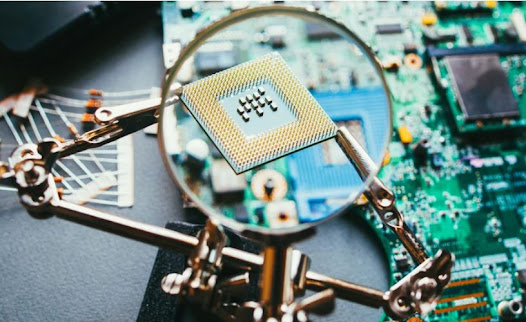Rigid-Flex PCB Cost Analysis
Material Selection Guidelines
The choice of material plays a pivotal role in the cost and performance of rigid flex circuits. Common materials include polyimide for the flexible layers due to its excellent thermal stability and durability, and FR-4 for the rigid layers for its cost-effectiveness and mechanical properties. To optimize costs, select materials that meet the minimum required specifications for the application’s thermal, mechanical, and electrical needs. High-performance materials may only be necessary for high-speed or high-temperature applications, so using standard materials where possible can significantly reduce costs.
Panelization Design to Reduce Waste
Panelization involves the arrangement of PCBs on a manufacturing panel in a way that maximizes the number of boards produced while minimizing material waste. Effective panelization is crucial in rigid flex PCB manufacturing due to the expensive materials involved. Designing to standard panel sizes and using nesting techniques, where PCB designs are rotated and placed closely together, can significantly decrease scrap. Moreover, considering the integration of multiple designs on the same panel can further optimize material usage and reduce costs.
Stackup Optimization Strategies
The stackup—the arrangement of copper and insulating layers in a PCB—can also affect costs. An optimized stackup design reduces layer count while ensuring adequate performance, which not only simplifies manufacturing but also cuts costs. Engineers should work closely with manufacturers to determine the most cost-effective stackup that meets the electrical requirements of the application.
Eliminating Unnecessary Manufacturing Requirements
To avoid unnecessary costs, it's crucial to align the PCB design with standard manufacturing capabilities. Custom specifications and tolerances stricter than necessary can lead to higher costs. Standardizing hole sizes, avoiding unusual annular rings or trace widths, and using common via processes can all help reduce costs. Additionally, understanding the manufacturer’s capabilities and designing within these parameters can prevent costly design iterations and tooling charges.
Guidelines for Quick Turn Prototypes
For projects requiring fast turn rigid flex PCBs, it's important to consider how design decisions impact rapid prototyping costs. Utilizing design-for-manufacturing (DFM) principles to ensure that the PCB can be efficiently and quickly produced is key. Simplifying designs for the prototype phase, using materials and processes that are readily available, and maintaining clear communication with the manufacturer can all expedite production without incurring additional costs.
High-Quality Rigid Flex PCB Manufacturers
When it comes to realizing your rigid flex PCB designs with uncompromising quality and cost efficiency, partnering with a reputable manufacturer is paramount. One such industry-leading manufacturer renowned for its commitment to excellence is Vital Links Technology. With a track record of delivering superior rigid flex PCB solutions tailored to the unique needs of electronics engineers and designers, Vital Links stands out for its cutting-edge capabilities, stringent quality control measures, and responsive customer support.
Conclusion
Effective cost management in rigid flex PCB production requires a strategic approach to design and material selection, thoughtful panelization and stackup optimization, and a clear understanding of manufacturing capabilities. By applying these guidelines, electronics engineers and PCB designers can achieve cost-effective solutions without compromising the performance and reliability essential to modern electronic devices. Partnering with skilled manufacturers and leveraging their expertise will further enhance the quality and cost-efficiency of the final products.








